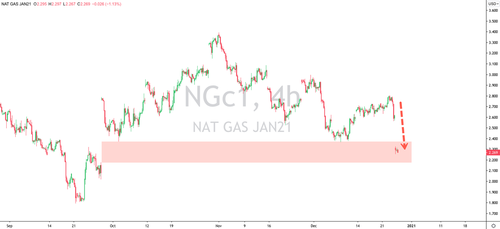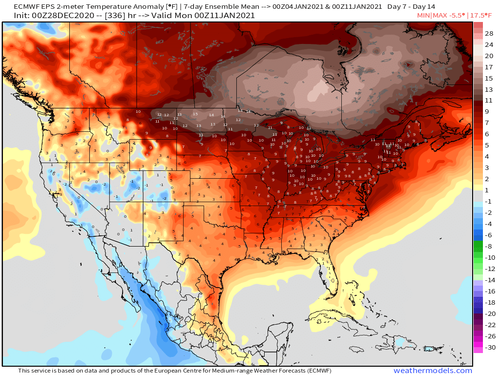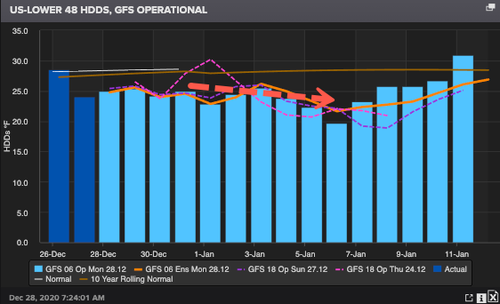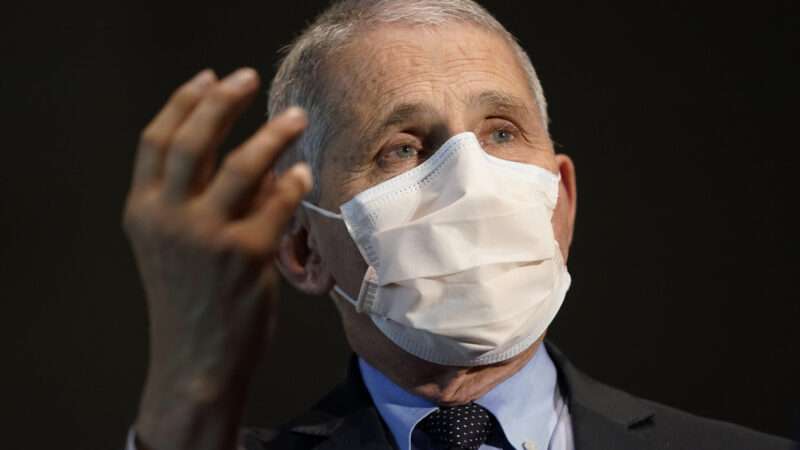
Anthony Fauci, an infectious disease expert who has played a leading role in advising the Trump administration on COVID-19, thinks federalism has undermined America’s response to the pandemic. “The states are very often given a considerable amount of leeway in doing things the way they want to do it, as opposed to in response to federal mandates, which are relatively rarely given,” Fauci, who has directed the National Institute of Allergy and Infectious Diseases since 1984, recently told BBC Radio 4. “What we’ve had was a considerable disparity, with states doing things differently in a nonconsistent way….There have been a lot of factors that have led to the fact that, unfortunately for us, the United States has been the hardest-hit country in the world, but I believe that disparity among how states do things has been a major weakness in our response.”
The “leeway” that bothers Fauci is required by the Constitution, which gives states the primary responsibility for dealing with public health threats under a broad “police power” that the federal government was never given. So his beef is not simply with the way COVID-19 policy happened to play out in the United States. It is an objection to the basic structure of our constitutional design, which limits the federal government to specifically enumerated powers that do not include a general mandate to fight communicable diseases or protect public health. Although Congress has invoked its authority over interstate and international commerce to justify certain disease control measures, the power to deal with epidemics lies mainly with the states, as the Supreme Court has repeatedly recognized.
That point aside, is Fauci right that federalism has proven to be “a major weakness in our response”? A centralized response to COVID-19 might have been better in some respects, assuming that the federal government was wise, knowledgeable, and competent enough to settle on an ideal policy for the entire country. But that assumption is manifestly wrong.
In the areas where the federal government has taken the lead, including vaccine approval, the deployment of virus tests, and advice on face masks, its performance has been characterized by striking incompetence, bureaucratic intransigence, bewildering inconsistency, and lethal foot dragging. Given that track record, trusting the feds to decide every detail of COVID-19 control measures seems ill-advised, even if the Constitution permitted it.
While state and local officials are not necessarily smarter or more competent than national politicians and federal bureaucrats, they are more familiar with the local conditions that should inform COVID-19 policies and more accountable to the people affected by their decisions. In a huge country that includes sparsely populated, largely rural states as well as states with highly concentrated urban centers, a one-size-fits-all policy formulated in Washington, D.C., makes little sense. U.S. jurisdictions also differ widely in the extent and speed of virus transmission, the capacity and quality of their health care systems, and demographics that affect the infection fatality rate, which varies dramatically across the country. Such factors are clearly relevant in weighing the costs and benefits of interventions aimed at curtailing the epidemic.
The proliferation of “nonconsistent” policies that result in “disparity” among states also creates an opportunity for learning from the successes and failures of different approaches. Are states that imposed lockdowns early and relaxed them gradually doing better than states that acted later, lifted restrictions faster, or never imposed general lockdowns at all? Does allowing businesses such as restaurants to operate with COVID-19 safeguards create an intolerable risk? Do bans on outdoor activities make any sense at all? Do mask mandates make an important difference? What is the best way to protect high-risk groups, such as nursing home residents and prisoners? It would be much harder even to try answering questions like these without the jurisdictional variation that Fauci decries.
However you come down on those issues, the risk of centralization should be clear. If you believe that lockdowns played an important role in reducing COVID-19 deaths, would you want to trust a president who is leery of that policy and asserts “total” authority to reopen the economy? If you think face masks are a vital tool for reducing virus transmission, would you want a president who disagrees to decide whether they should be legally required? If you think some states have failed abysmally at protecting prisoners and nursing home residents, are you confident that a federal policy would be better?
Incidentally, the U.S. is not, as Fauci claimed, “the hardest-hit country in the world.” While our COVID-19 numbers are certainly nothing to brag about, the United States currently ranks 14th in deaths per capita, according to Worldometer’s tallies. Developed countries such as the United Kingdom, Italy, Spain, and Belgium—all of which imposed sweeping restrictions on social and economic activity at the national level—are doing worse by that measure. The U.K., where Fauci’s interview slamming federalism was broadcast, has imposed national lockdowns repeatedly, but its death rate is still somewhat higher than the U.S. rate. Sweden, which eschewed such measures, ranks 27th in per capita COVID-19 deaths, much higher than its Scandinavian neighbors but lower than many other European countries.
Many things went wrong with the U.S. response to COVID-19. But the most conspicuous failures happened at the federal level, where Fauci seems to think all the important decisions should have been made. The wisdom of that approach is by no means obvious from interstate or international comparisons. Centralization makes sense only if you ignore relevant differences in local circumstances and if you trust the federal government to make the right choices. If it errs, whether by failing to take steps that would have substantially reduced the death toll or by imposing restrictions that cost much more than they are worth, all of us have to live with the consequences.
from Latest – Reason.com https://ift.tt/3n1Fde8
via IFTTT


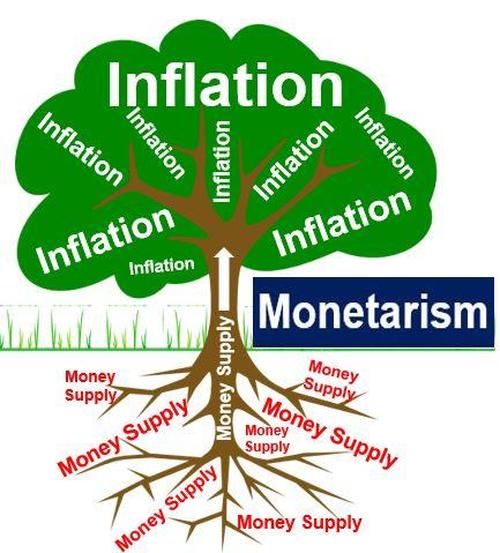
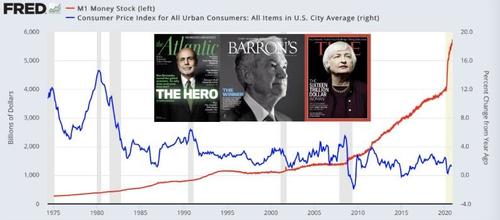
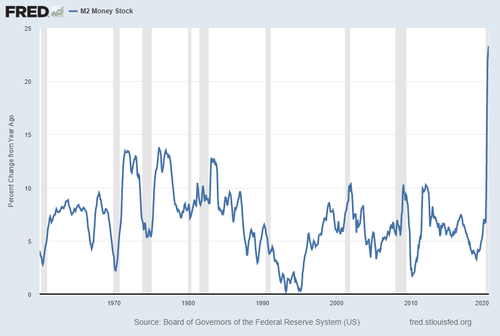
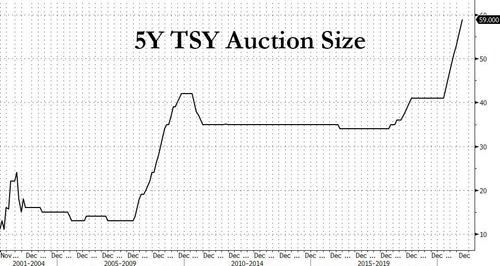
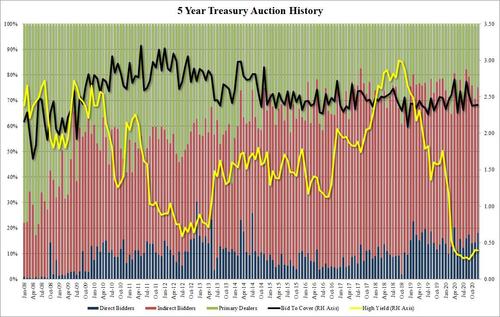
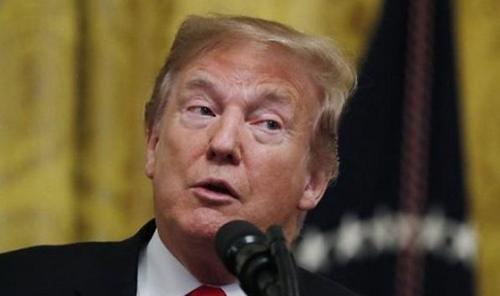



 (@Solange54138238)
(@Solange54138238) 